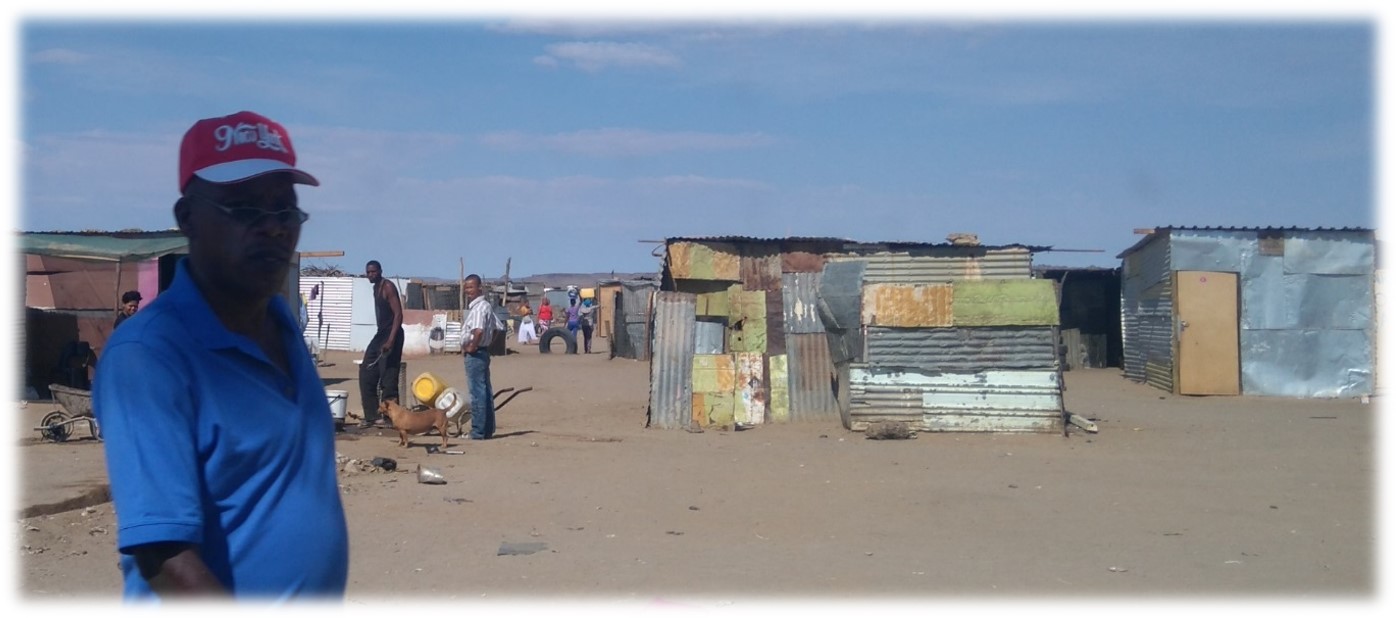Understanding Russia
I have not conducted much research on Russian system of innovation. Nevertheless, I have been able to gather some experience on Russia. For six years, I have had the privilege to be a part of the Finnish-Russian Collaboration Commission on Science and Technology and to its working group on social sciences. As the name implies, this Commission dates to the Soviet era but is still functioning to increase knowledge of science and technology in the two countries. As part of its activities, the Finnish chapter of the working group annually pays a visit to a selected Russian city with a strong S&T infrastructure. While there, the Finnish delegation meets representatives of government, academia and industry. I have been able to attend visits to Archangelsk, Kazan, Petrozavodsk, Tomsk and Vladivostok, besides Saint Petersburg and Moscow. This has enabled me to form a certain kind of understanding of the grand outlines of the Russian system of innovation and its development. Let me try to provide some interpretation here.
Why low innovativeness?
First, it is not a question of investments: Russia has steadily invested approximately 1,1-1,2 per cent of its gross domestic product on research and development. In 2016, this meant 38,7 billion dollars (compare e.g. to Finland 6,6 or UK 47,7 billion USD). It is not a question of needs, either: there are considerable problems related to social and environmental development in the country. Recently, we have seen in the international media how Moscow plans to solve its immense waste problem by trying to simply dumb the largely untreated waste to the northern areas of Archangelsk and Komi.
There are two broad industrial sectors where Russia excels. The one is energy with oil and gas industries, and with the nuclear technology having more exports than imports. The other one is military technology: the country is the second largest arms exporter in the world after the USA.
Russia is mostly dependent on the import of technology. Few weeks ago, Professor Irina Dezhina, Skolkovo Institute of Science and Technology, paid us a visit and gave a lecture on the recent developments in science and technology in Russia. According to her data, for example, about 94 per cent of telecommunication equipment, 92 per cent of medical equipment, and over 90 per cent of pharmaceuticals are imported. Mostly these are imports from countries that have imposed sanctions against Russia because of Crimean annexation and conflict in Eastern Ukraine, which obviously makes things even worse for Russia.
There is a long tradition dating back to Soviet era to neglect most of the industries that manufacture consumer products or provide services. Up till today, do we know any Russian companies in the field of consumer products or welfare services? Development in Russia has not simply followed the Western path of development with democracy-enabled market civilization. Instead, recent years have seen an emergence of a peculiar mixture of state-led economic nationalism and neoliberalism that are often considered anachronistic.
Small is not beautiful in Russia
Small- and medium-sized enterprises (SMEs) often bring in dynamism in national economies by introducing new products and processes. This mechanism does not sufficiently work in Russia. According to OECD (2015 study on SMEs and entrepreneurship), only 30 per cent of the workforce is employed in SMEs compared to a common 50 per cent plus in every other OECD country. Concerning innovation activities, only about 5 per cent of Russian SMEs are innovative whereas compared to their counterparts in other OECD countries, the same number is around 50 per cent. During the last ten years, the government has introduced new policies and instruments (such as special economic zones and VEB, a public development bank) but there is a long way to go and the tendency to favor large-scale economic operations and organizations seems to remain strong, leaving SME sector in the shadows.
The most notable example of this love for grand-scale efforts is Skolkovo Innovation Centre. This is a mega project near Moscow that has had a huge investment scheme of tens of billion US dollars. What began as an ambitious activity of high-level publicity in a close collaboration with the prestigious US university MIT in 2010, has today faded into relative silence and delayed construction of much of the physical infrastructure.
Fuzzy business and innovation environment
Much of the afore-mentioned research and development investments take place in the corporate sector. According to Professor Dezhina’s data, 52 per cent of researchers are employed in this sector (compared to only 12 per cent in higher education sector and the government sector representing the remaining 36 per cent). The problem seems to be, to cite the OECD review on the Russian innovation policy (2011, p. 13), that “…the majority of technology-oriented enterprises are only to a limited extent driven by market incentives and are insufficiently submitted to market disciplines”.
Institutions, or “rules of the game”, are often fuzzy in Russia. As one of the start-up entrepreneurs pointed out when I interviewed him, “our capitalism is in its infancy because it is only about twenty years old”. Innovation is about uncertainty, and the lack or obscurity of institutions certainly does not make it easier to innovate.
Innovation in isolation?
When I have had an opportunity, as a member of the S&T Commission, to visit many cities in Russia, it has become evident that the country’s innovation system is rather fragmented. By this I mean that the connections between different sectors and linkages between different organizations are usually weak. This lead often to a poor coordination and flows of knowledge. It may lead to overlapping or contradictory activities and use of scarce resources, too. This does not mean there would not be efforts to control, perhaps on the contrary. These features are not unusual. Instead they seem to be typical in most of the emerging and developing economies, and among the fundamental obstacles for their development.
Another impediment for the flow of knowledge, which is vital for generating innovations, are Russia’s relatively weak external linkages to Western sources of technology and ideas. This also dates back hundreds of years: first it was due to a relative geographical distance and later, after Peter the Great, there was a contest of ideologies either to imitate or to resist Western influences. In the latter case, there has been a search for an own Slavic path of development. Recently, this tendency has gained more momentum in the Russian politics.
Creativity of the people
What about the grassroots? As an old Russian phrase goes, “nothing works but everything will work out”. This implies that Russians are creative in their everyday life to take care of themselves and those that belong to their immediate social networks. Olga Ustyuzhantseva, my friend and colleague in the Tomsk State Research University has studied Russian and Indian grassroots innovation activities. She found out that Russia lacks some those institutions that to some extent help the Indian grassroots innovations to diffuse and to make everyday life easier. Therefore, it seems that there is a lot to be done, for instance putting the bottom-up approach to work, too. Nevertheless, nobody can deny Russian creativity excelling in arts and daily life, for instance.
Dreaming of what…?
Oh, the title of this blog! The reader may know Ivan Oblomov, a famous fictitious person in the Russian literature, created by Ivan Gontṡarov in the 19th century. Oblomov was a dreamer who was not able to put any of his dreams into practice. The parallel is not a good one, actually; it seems that mostly Russia does not even dream of becoming innovative. Intensive control, lack of openness, strong emphasis of traditions and many other features presented here do not work for that purpose.
Why should we care about this outside of Russia? Well, there is a big difference between Russia as it is now and the kind of imaginary future Russia that would harness its creative resources for the wellbeing of its citizens. The latter scenario would certainly be beneficial for the country’s neighbors, too.







